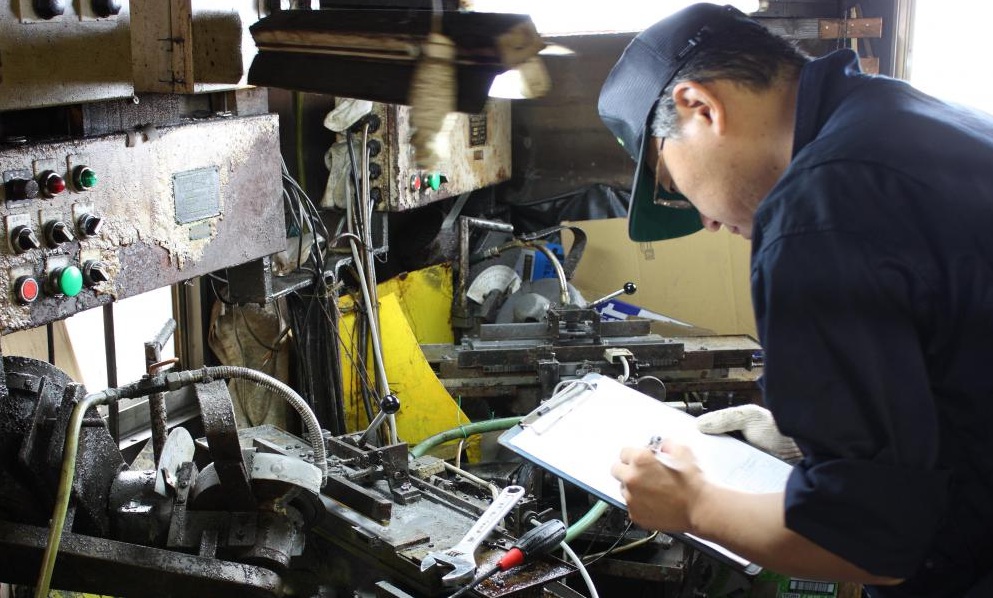INTRODUCTION
AC Variable Speed Drives has replaced the conventional electromechanical contactors for induction motors. Even though in the earlier days engineers hesitated to change the conventional starting method to soft starting using solid-state switches as the cost were relatively high, but now almost all the induction motors are connected to power electronics based variable speed drives or inverters as it is commonly called in industry. Nowadays, the variable speed drives are found very cost effective compared to electromechanical switches especially when the questions of efficiency, energy saving and reliability arise. However, as variable speed drive is not a stand-alone device, there are many practical problems and failures confronted by design, project and maintenance engineers/personnel. In this course, participants will be exposed to the fundamental and the importance of variable speed drives particularly in energy saving. It is also to acquaint the participants with the common mistakes associated to the variable speed drives, troubleshooting techniques, sizing criteria and parameters setting for various applications.
